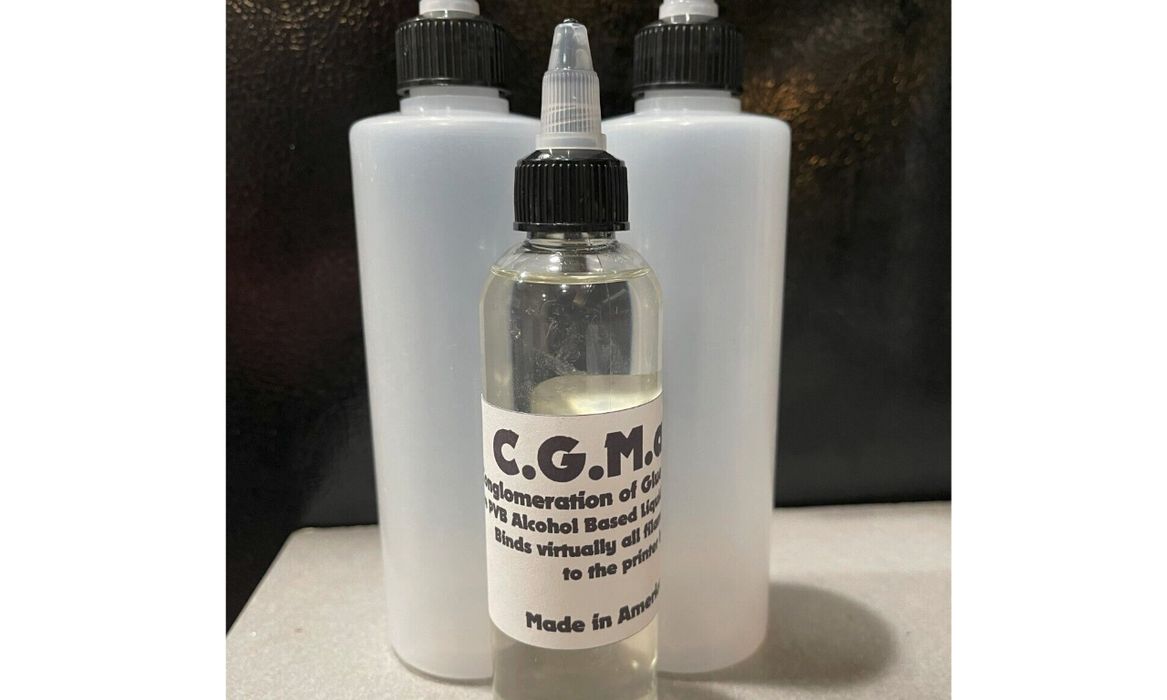
A new PVB-based 3D print adhesive solution has been released by CGMaxed.
Adhesion solutions are becoming rare, but are still frequently used by some 3D printer operators. This depends on the type of material used and the style of print surface. Nowadays most 3D printer operators rely on PEI-coated spring steel plates, but these are designed only to handle the most common materials, and they are pushed to the max when dealing with excessively warp prone materials like ABS or Nylon.
Early 3D printers didn’t have proper adhesive print surfaces and actually used plain acrylic, raw steel or glass as the print surface. These required “extra” solutions to ensure prints stuck to the bed.
Those solutions were originally concoctions such as “ABS juice”, a mix of acetone and ABS, or glue sticks. Certain brands of hairspray were often recommended. You get the idea: it was basically the Wild West of adhesion.
After a time things settled down with special-purpose glue sticks coming onto the scene. These were followed by liquid solutions that were even easier to use: you wipe the surface with them, let them dry, and then they were ready for printing.
The nature of these liquid solutions was at first general purpose, but then appeared specialty liquids focused on particular material types. For example, in my lab I have one solution for polypropylene. It works pretty well.
However, all of these liquids are based on PVA material. CGMaxed has now developed a new adhesive solution based on PVB chemistry. The adhesive liquid doesn’t seem to have a proper product name yet, but they claim the following:
- Coats printer bed evenly
- Dries rapidly even when applied cold
- Apply Multiple coats to create an even stronger hold and prevent warping entirely
- Easy to clean off the printer bed with isopropyl or ethyl alcohol
- Prevents most warping even with cold drafts directly hitting an open print bed
- It is able to take multiple prints without diminished adhesive properties
- This alcohol based PVB liquid solution creates an extreme hold during printing
Those all sound pretty decent, but my first concern was the price. The PVA solutions tend to be a bit pricey, so you have to be careful how much you use them.
On this front, it seems that CGMaxed has the right idea: they say the PVB solution is lower cost, and it is. They offer a 6oz (177ml) for only US$22. That seems to be a pretty good price, and if it indeed holds up over more prints, then the price is even more efficient.
For the moment it appears that you can only purchase the unnamed PVB fluid on eBay.
I haven’t tried this material yet, but it should be of interest to anyone operating a device with a glass bed.
